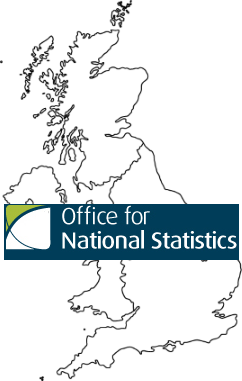Net migration in year ending September 2017 +244,000, EU net migration falls below 100,000
The latest migration statistics quarterly bulletin released today by the Office for National Statistics (ONS) shows that net migration to the UK in the year ending September 2017 fell slightly to +244,000 (a decline of 29,000 over the previous figure).
 As BBC News noted, this total remains well short of the Government's target to reduce net migration to below 100,000 despite the figures being from after the vote to leave the EU.
As BBC News noted, this total remains well short of the Government's target to reduce net migration to below 100,000 despite the figures being from after the vote to leave the EU.
Sky News highlighted, however, that the ONS bulletin showed net migration from the EU to the UK fell below 100,000 for the first time in almost five years. Net migration from the EU to the UK in the year ending September 2017 was +90,000.
In a blog post, the ONS said it could not be sure if this decline was due to the vote to leave the EU: "Brexit could well be a factor in people's decision to move to or from the UK, but people's decision to migrate is complicated and can be influenced by lots of different reasons. For EU citizens, the stronger economic growth seen in the Euro-zone in the last two to three years might be helping more people to find work closer to home."
The main points from today's ONS bulletin are as follows:
- In the year ending September 2017 net migration was at a similar level to early 2014 with 244,000 more people coming to the UK than leaving, so still adding to the UK population. This follows record levels of net migration during 2015 and early 2016.
- The latest headline estimates are similar to last quarter (published 30 November 2017).
- EU net migration has fallen over the last year, as fewer EU citizens are coming to the UK and the number leaving the UK increased. However, there are still more EU citizens coming to the UK than leaving.
- The number of EU citizens coming to the UK for work-related reasons has fallen over the last year, in particular, those coming to the UK "looking for work".
- Non-EU net migration increased over the last year. This time last year we saw a decrease in the number of non-EU citizens arriving to study, which was not reflected in the most comparable Home Office's student visa data.
- The latest ONS estimate of non-EU citizens arriving to study shows a return to the level before this decrease, therefore any interpretation of this latest increase in non-EU citizens arriving to study should be made with caution.
- In 2017, the UK granted asylum, alternative forms of protection or resettlement to almost 15,000 individuals, 40% of who were under 18 years of age.